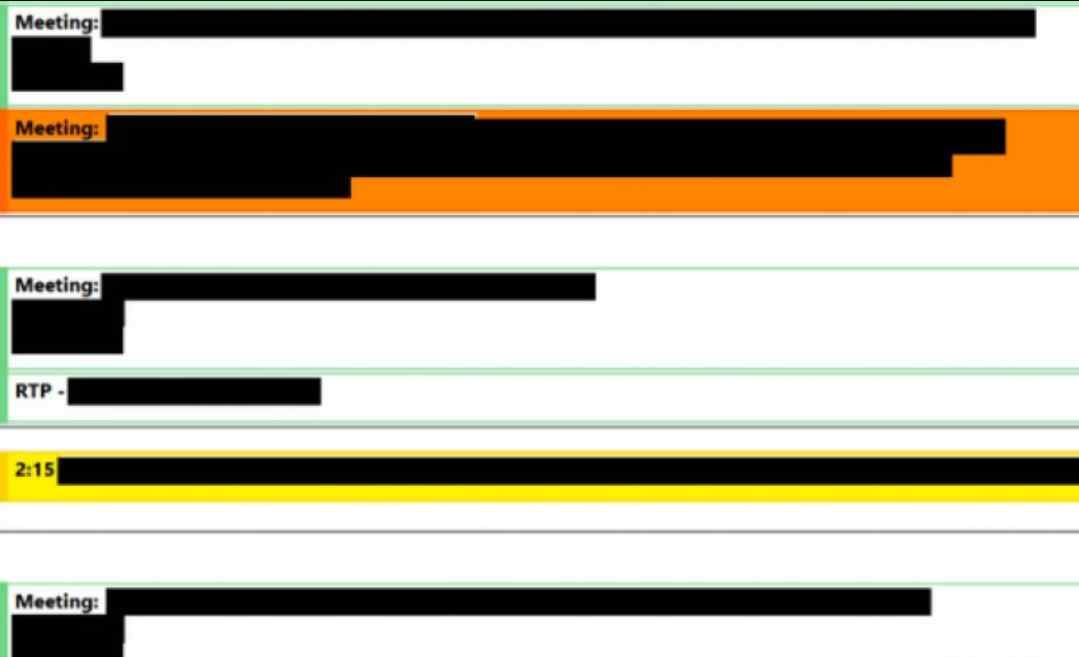“If the vehicles weighed just one pound less, they wouldn’t be permitted on American roads because they pollute too much.”
Did the U.S. Postal Service purposely calculate the weight of its new delivery vehicles at 8,501 pounds so as to skirt anti-pollution regulations by a single pound?
Watchdogs are leveling that charge after the Environmental Protection Agency revealed that the USPS—led by major Trump donor Louis DeJoy—assigned its forthcoming fleet of largely gas-powered trucks a weight rating “a mere pound over the threshold for light-duty vehicle efficiency standards,” which are more strict than those pertaining to heavier vehicles.
As Motherboard‘s Aaron Gordon reported Tuesday, “If the vehicles weighed just one pound less, they wouldn’t be permitted on American roads because they pollute too much.”
“According to [the Postal Service’s] environmental review of the procurement, the new gas delivery trucks have a curb weight of 5,560 pounds and a payload of 2,941 pounds, for a combined vehicle weight of 8,501 pounds,” Gordon wrote. “That is almost double the weight of the current USPS delivery vehicle.”
“However the USPS and Oshkosh Defense, the manufacturer, came to calculate the payload at 2,941 instead of 2940, it was an incredibly important pound,” Gordon added. “If the trucks had a gross vehicle weight of just .01% less, the delivery fleet would almost certainly have to be electric to meet the EPA’s new fuel efficiency standards.”
Katherine García, director of the Sierra Club’s Clean Transportation for All Campaign, told Motherboard that she suspects an “intentional” effort by the USPS to dodge climate regulations.
Another commentator described the Postal Service leadership’s use of the loophole as “supervillain stuff.”
Infuriating. You know how USPS is trying to buy a bunch of shitty fossil-fueled trucks, over WH’s objections? They’ve specced those trucks to be 1 LB over the “light truck” limit — thus escaping tight fuel economy standards. Great stuff from @A_W_Gordon. https://t.co/yfKnuj5wj0
— David Roberts (@drvolts) February 8, 2022
At issue is the Postal Service’s multibillion-dollar contract with the Wisconsin-based company Oshkosh Defense, which the mail agency has tapped to produce its Next Generation Delivery Vehicle fleet of up to 165,000 new trucks starting in 2023.
Environmentalists and Democratic lawmakers have voiced outrage over the contract in recent days, arguing it runs directly counter to the Biden administration’s effort to transition to zero-emission government vehicles.[content id=”79272″]
The agreement with Oshkosh Defense currently includes an initial order of just 5,000 electric trucks, a small fraction of the total fleet.
DeJoy has characterized the order of a largely gas-powered delivery fleet as a “fiscally responsible” decision, pointing to the mail service’s long-strained finances and arguing that an all-electric fleet would be too costly.
On Tuesday, the House passed legislation that would relieve some of the agency’s financial burdens, but the final bipartisan bill excluded a provision that would have provided the USPS with $6.5 billion to purchase electric trucks.
The USPS had previously suggested that a portion of the gas-powered vehicles could be converted to electric in the future, but García told Motherboard that such a move “would be even more expensive than moving forward with an electric fleet to begin with,” pointing to recent research detailing how 97% of the current aging postal fleet could be replaced with electric vehicles “at a lower total cost of ownership… than comparable gas and diesel vehicles.”
Under pressure from environmentalists to play “hardball” over the contract, the Biden administration has urged the Postal Service to put its deal with Oshkosh on hold—but the USPS doesn’t appear inclined to do so.
As the Washington Post reported Tuesday, it is “likely” that “environmental groups will sue the Postal Service over the contract” if it moves forward as planned.
“However, litigation could drag out for years,” the Post noted. “And postal trucks are built to stay on the road for at least 20 years, unlike their private-sector competitors or other international post offices. That means the first trucks that roll off the Oshkosh assembly line next year could be on the roads in 2043 and beyond.”
Common Dream’s work is licensed under a Creative Commons Attribution-Share Alike 3.0 License. Feel free to republish and share widely.
[content id=”79272″]



